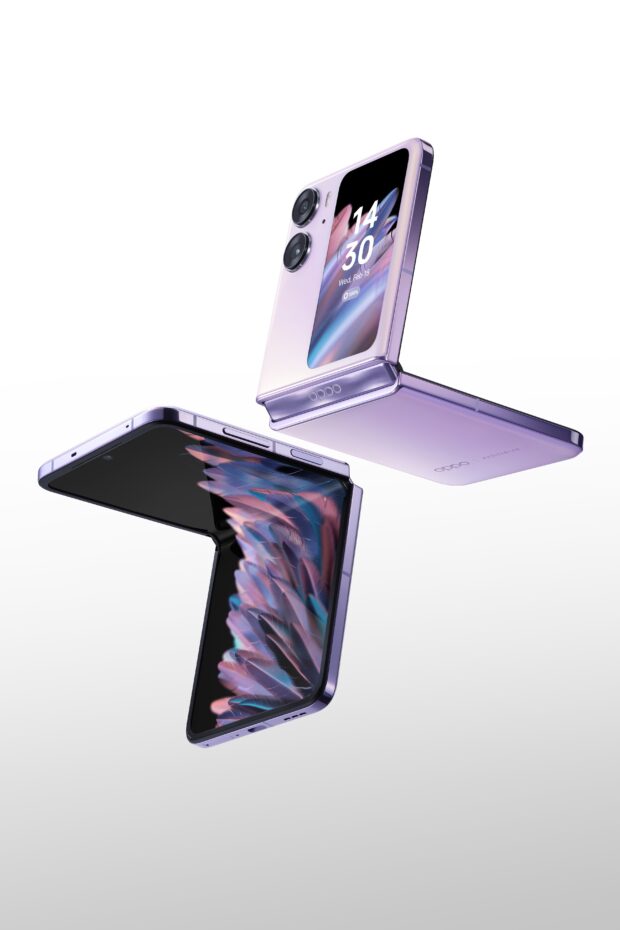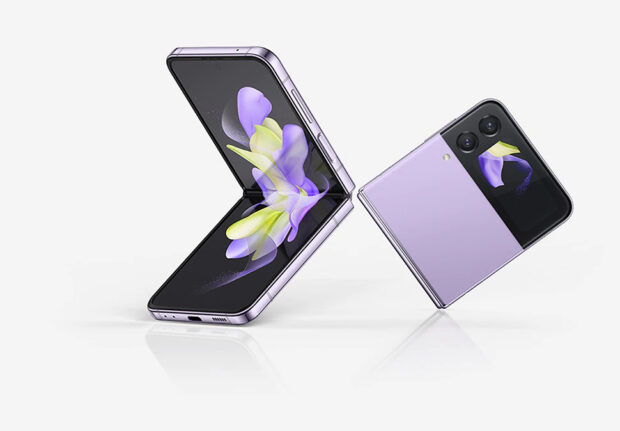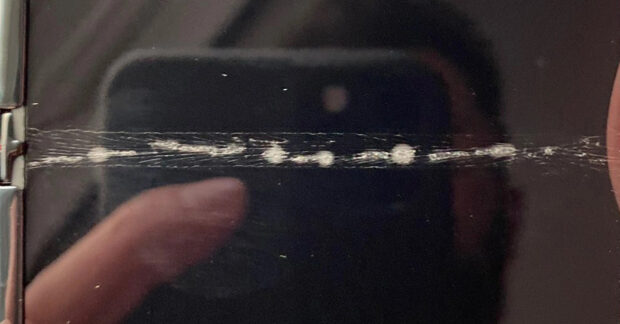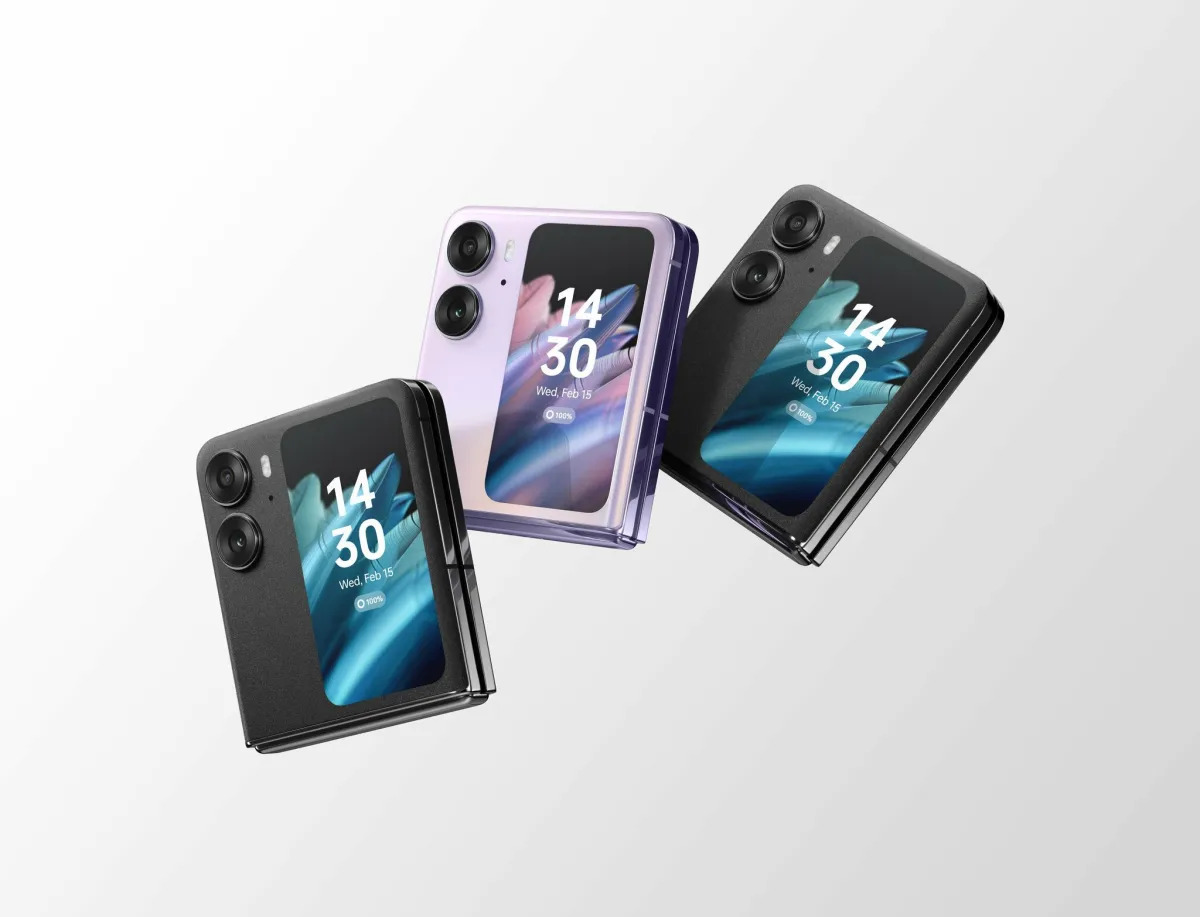Ever since the prospect of a foldable smartphone seemed to be possible, many were left ecstatic, over the moon that modern technology was now capable of reproducing the same level of nostalgia and excitement that the original flip phone had. It would be the potential of the flip phone realized; the allure and convenience that a foldable cellular device had, all while housing functionality on par with that of the best smartphones in the market. This, of course, was made possible thanks to Organic Light Emitting Diode (OLED) displays that did not rely on backlights, but on electricity to emit light instead—this allowed for thinner and now flexible screens.
But despite the anticipation, the modern smart flip phone did not live up to the hype, bordering on becoming a failed and forgettable experiment. The release of the Samsung Galaxy Fold in 2019, the first effort into foldable smartphones by a mainstream brand, did not bode well for the Apple rival. Units of the soon-to-be-released phone sent to reviewers all over the world broke within days and even hours of use. And while Samsung recalled the devices, delayed the launch, and addressed the underlying issues, the damage was done, not just for the Galaxy Fold, but for the future of the foldable smartphone itself.
A couple of years later and several models since then, with each seemingly an improvement from its predecessor, the question remains: are foldable smartphones here to stay? Helping us reach the conclusion is a look at two of the newest foldable smartphones on the market, the OPPO Find N2 Flip and the Samsung Galaxy Z Flip4.
OPPO Find N2 Flip

Released in the Philippines just this March, OPPO’s Find N2 Flip mainly promises durability and accessibility like never before. The device utilizes what they call the Tear Drop-Shaped Flexion Hinge 2.0. It is made from aircraft-grade high-strength steel and polymer, making it incredibly strong and slim and allowing for a crease-free display. It reportedly can handle over 400,000 cycles of folding and unfolding (100 cycles a day would amount to around 11 years of continuous use).
OPPO also takes pride in its FlexForm mode. This pretty much simply allows the phone to be set at any angle; a built-in tripod to suit any use under any circumstance without the hinge forcing the phone to either close or open once it passes a certain threshold.
The Find N2 Flip also features a 3.26” display cover screen, the largest of its kind. From responding to messages to taking photos, this feature ensures convenience and ease of access without having to open the device.
Outside of these promises, OPPO’s latest foldable smartphone seems to be perfect for those looking to reduce overall screen time while still staying connected. The flip phone, inherently in its design, is made to be slightly less convenient than its traditional counterpart. The very act of flipping a phone open to use it creates a small barrier that makes a world of difference between simply replying to a message and ending up mindlessly scrolling through your Instagram feed. A convenient cover screen could be just what you need.
Galaxy Z Flip4

On the other hand, the Samsung Galaxy Z Flip4 promises everything that the OPPO Find N2 Flip does; a flexible camera, an improved hinge, and greater accessibility, all with a smaller 1.9” cover screen. That being said, in terms of durability, the device promises functionality even after 200,000 folds. It also comes protected with the Corning® Gorilla® Glass Victus®+, and the hinge is protected by Armor Aluminum. In addition, the Z Flip4 has IPX8 water resistance, allowing it to be submerged under 1.5 meters of water for up to 30 minutes—the Find N2 Flip on the other hand only has an IPX4 rating.
The Bottomline

As it stands, the foldable smartphone seems to have found its niche. It is the perfect device for those who are trying to prevent themselves from being glued to their phones without having to do away with connectivity. But aside from that, it also shows promise in being regarded as the digital creator’s go-to phone in the future.
In an age where our feeds are dominated by icons, influencers, and content creators, the importance of a phone’s ability to beautifully capture photos and videos cannot be understated. The foldable smartphone does not claim to completely change how we do things, rather, it promises minor quality-of-life changes. There is no longer a need for a cameraman, a tripod, or a gimbal, just prop it down at any angle and you’re good to go. Need I mention that you can also hold it like you would a camcorder – convenience and nostalgia!
But despite everything said, I cannot say that the foldable smartphone is there yet as a regular purchase for consumers outside of tech enthusiasts. Until material technology takes another step forward, holding a foldable smartphone will never feel normal—it would be as if you were constantly on alert, carrying a fragile and expensive piece of technology that could break at any given moment—for a phone that is in constant use and is essentially an extension of yourself, that cannot stand.
And I don’t care how many folds companies claim their phones can take, even a million. Those experiments are done in controlled environments and user error still has to be taken into consideration. Breaking a phone is a regular occurrence, and as a user, I can live with the cost because more often than not, a broken phone is caused by the owner, whether through an accident or out of sheer negligence—having to take accountability for factors outside your control is absurd.
I cannot emphasize enough that the foldable smartphone is not yet ready for the market when there are still issues of units malfunctioning without user error being a factor, and that the price for repairing one massively exceeds that of a regular phone. To put it into perspective, the cost to repair the screen and back glass of the Galaxy Z Flip 3 is PHP 20,641.48, while the Galaxy S22+ is PHP 13,703.70. Until we don’t feel as if we have to cover these with bubble wrap while in use, these are merely prototypes that no consumer should consider seriously using.





































